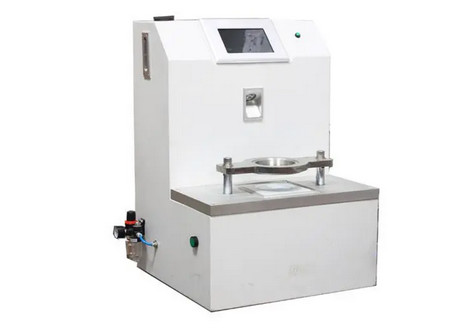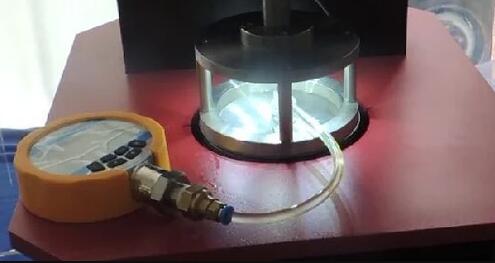Ten Explanation On Why hydrostatic head tester Is Important
Hydrostatic head tester is an important tool used in the textile industry to measure the water resistance of fabrics. The hydrostatic head test measures the pressure that a fabric can withstand before water penetrates it. The resistance of a fabric to water penetration is measured in millimeters of water column (mmWC). The higher the hydrostatic head value, the better water resistance a fabric has. Here are ten explanations to emphasize why the hydrostatic head tester is important:

1. Quality control: Hydrostatic head tester is used in the textile industry to ensure the quality of fabrics. It helps to prevent the production of fabrics with low water resistance, which can lead to customer dissatisfaction.
2. Regulatory compliance: Many standards such as ISO 811, ASTM D751, JIS L1092, and other regulatory bodies require that fabrics should have a minimum hydrostatic head value to be used in certain applications. Hydrostatic head tester helps to comply with these standards and regulations.
3. Reliability: With hydrostatic head tester, the measurement of the water resistance of fabrics is reliable, repeatable, and accurate. This helps to avoid costly errors that may result from inaccurate measurement.
4. Product development: Hydrostatic head tester is an important tool for fabric designers and manufacturers. It helps to develop new and more effective materials that can withstand a higher level of water pressure.
5. Durability testing: Hydrostatic head tester is also used for durability testing. It measures how a fabric's water resistance changes over time, especially after exposure to different environmental conditions.
6. Consumer protection: High hydrostatic head value means a higher level of protection from water penetration. When consumers buy fabrics, they expect them to have good water resistance. The hydrostatic head tester ensures that fabrics meet this expectation.
7. Cost savings: Hydrostatic head tester helps to save cost by eliminating the need for guesswork, retesting, and unnecessary replacement of fabrics that do not meet the required hydrostatic head value.
8. Performance testing: Some fabrics need to perform well under specific environmental conditions. Hydrostatic head tester is used to verify that the fabric can withstand these conditions without compromising its water resistance.

9. Competitive edge: Hydrostatic head tester can provide a competitive edge to companies that produce high-quality water-resistant fabrics. A higher hydrostatic head value translates to better quality and better performance.
10. Confidence: Hydrostatic head tester helps to build confidence in the products made from water-resistant fabrics. This helps companies to maintain a good reputation and build trust with their customers.
In conclusion, hydrostatic head tester is an essential tool in the textile industry. It helps fabric designers and manufacturers to ensure the quality of their products and helps to meet regulatory requirements. It also provides consumers with confidence in the products made from water-resistant fabrics.

